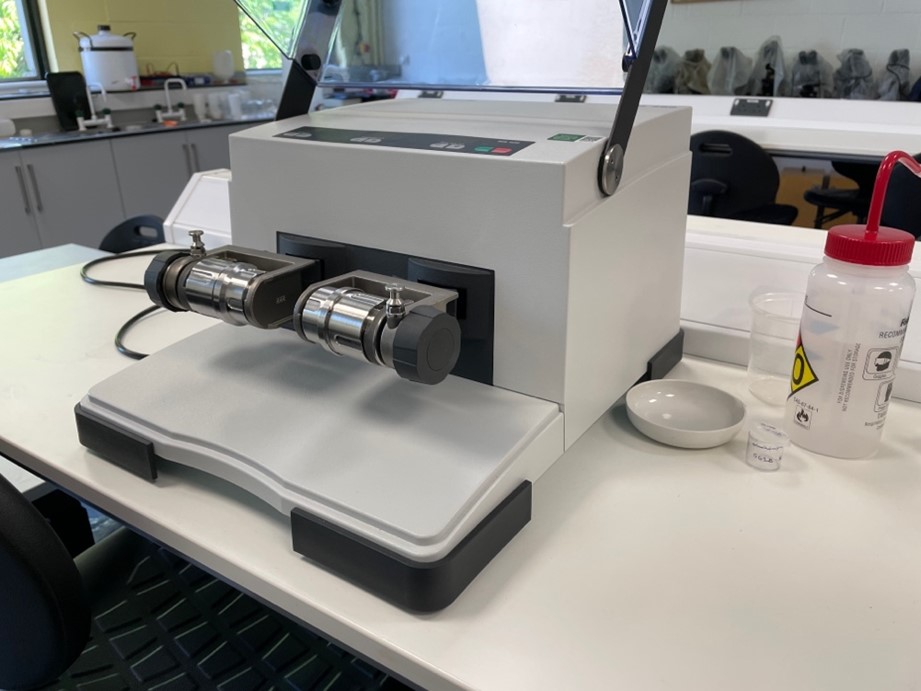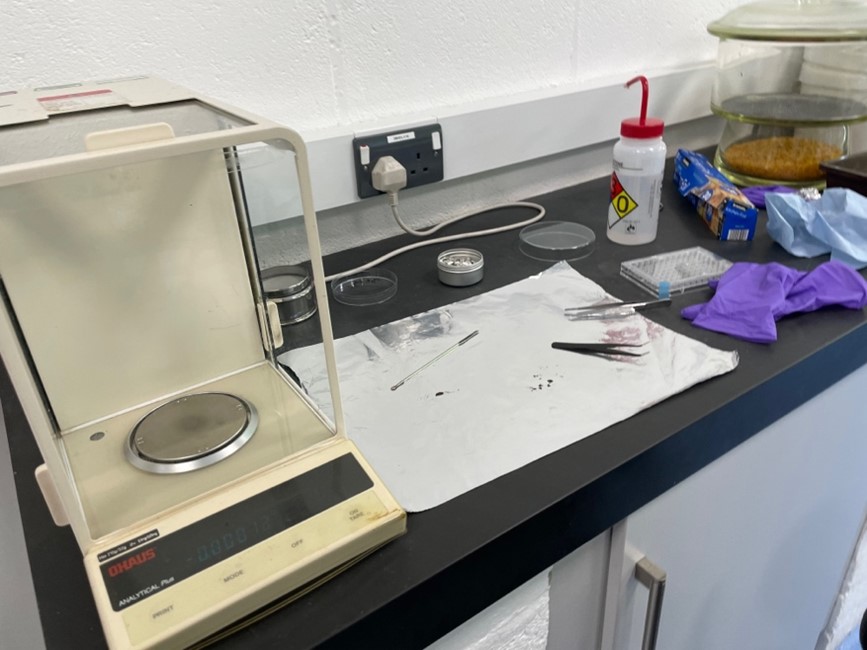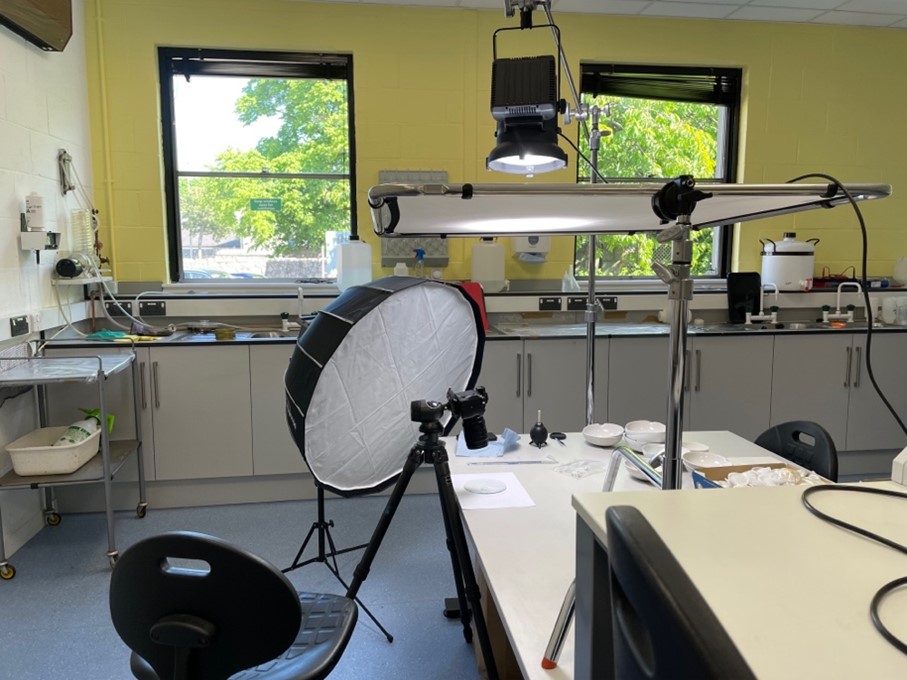Author: Mirra Tumuskane, BSc Environmental Chemistry, University of Aberdeen
Project: How much carbon? What effect does burning intensity changes have upon peatlands, for example their ability to sequester carbon?
Supervisor: Dmitri Mauquoy, School of Geosciences, University of Aberdeen
Being a first-year student who is interested in launching their career in environmental research is often challenging due to the lack of opportunities available to gain experience so early on in your studies. This summer, however, I was fortunate enough to find myself part of an amazing research team working on a project which has been both enlightening and personally intriguing to me. This project, run by QUADRAT, has demonstrated to me how my academic work can be implemented into current real-world research, and has enabled me to build on vital skills that I am now able to apply to my studies and potentially my subsequent employment.
The geoscience-based project was centred on the effect burning intensity has on peatlands in the Falkland Islands. As these islands are located near South America, it would have been far too expensive and time-consuming to travel there to collect peat samples myself. Instead, during my placement I worked on peat samples collected by the research team in previous expeditions, which were frozen and stored after being taken to the UK as cores. These cores, which stretched to multiple metres in length, were cut into approximately 1 cm deep semi-circles. The potentially contaminated surfaces of these semicircles were then removed, forming triangles. The triangles were split, with one going to me for later C:N analysis, and one going to a postdoc student in a neighbouring lab (who I worked with closely during my placement) for microscopic analysis.
My part of the research can be broken down into two steps which both prepared the samples for C:N analysis. The solid peat first had to be broken down into a fine homogenous powder. This was done using a mill, where samples of peat along with a few metal balls were allowed to be shaken. After this, every milled sample was poured into a labelled container and put aside, ready for weighing.

The second part of the preparation involved weighing out each sample into tiny tin cups. A sample was placed into a tin cup with a spatula, and a balance was used to ensure that each sample weighed between 7 and 8 milligrams. The sample ID and weight were then recorded, and the tin cup was folded into a ball and placed into a sample tray. The last column of the sample tray was occupied by a reference material provided by the lab in which the C:N analysis was to take place. Once completed, each sample tray was labelled and taken over to be analysed. At the end of the project, I was able to see some of this C:N analysis in action for one of my sample trays, which has further added to my ability in using laboratory equipment.

As my participation in the project was dominated by lab work, my analytical skills had been particularly touched on and refined. I found how important it is to keep your research organised (labelling, keeping a lab notebook, communicating with everyone involved, and more) and how crucial it is to keep your workspace clean. I now feel more prepared than ever to take on any challenging practical work that the upcoming years of my degree throw my way.
Despite not receiving the C:N data by the end of my placement, I am still in contact with everyone involved and I am intrigued to see the results once they are available. I am also eager to track the development of the overarching research.
Outside of the project, I was able to gain significantly more from the placement than merely skills. The project’s background was thoroughly conveyed to me by my supervisor and the postdoc student, who also took me to observe other areas of the department’s research. For instance, I was able to see how macro-/micro-fossil identification and charcoal count are carried out during microscopic analysis.

One of the most important discoveries I made during the placement was how vital interdisciplinary work is for environmental research as this project, being centred on geoscience, provided me with a different perspective on the environment than I would typically get as a chemist. This project has displayed how effortlessly skills and knowledge can be adapted to different applications, even when they originate from different fields. It has been unparalleled to gain such valuable work experience so early on in my professional career, and I am thrilled to see how this opportunity will influence my future!





















































